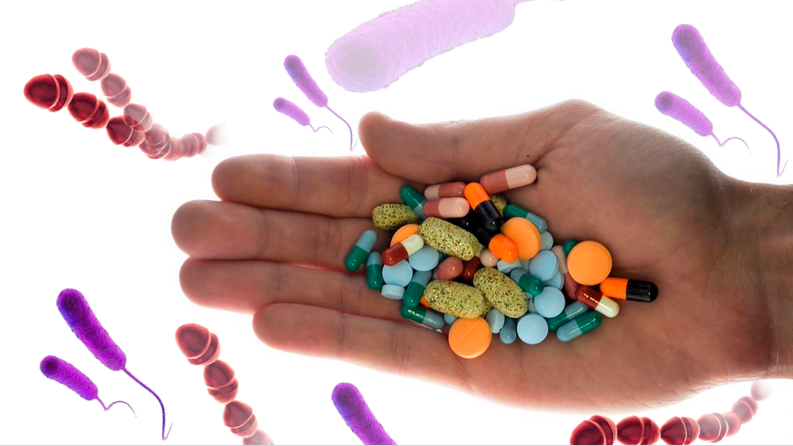In times when we are facing the very real possibility of a post-antibiotic world due to the rising number of antibiotic-resistant bacteria, there seems to be hope after all.
In a breakthrough discovery, Indian-origin scientists have developed a novel ‘game changing’ antibiotic which is capable of killing drug-resistant bacteria. This could lead to the first new class of antibiotic drugs in 30 years.
This development is another major step towards developing a commercially viable drug version based on teixobactin - a natural antibiotic discovered by US scientists in soil samples in 2015.
Teixobactin is being seen as a ‘gamechanger’ in the battle against antibiotic resistant pathogens such as MRSA (methicillin-resistant staphylococcus aureus) and VRE (vancomycin-resistant enterococci).
The research was published in the Journal of Medicinal Chemistry.
What is Antibiotic Resistance?
Has it ever happened to you that the medicine that cured your skin infection, doesn’t cure it anymore? Or the antibiotics that you had for urinary tract infection (UTI) don’t help anymore?
If the answer is yes, then the chances are pretty high that the bacteria that caused the infection has become resistant to the medicine now. The reason this happens and you should care is because pretty soon we might run out of medicine to cure such simple ailments.
This phenomenon is called ‘antibiotic resistance’ where repetitive exposure to antibiotics makes the bacteria resistant and renders the antibiotic ineffective, gradually.
So the medicine which is supposed to kill the bacteria, has no effect on it at all! This phenomenon is growing at an alarming rate due to rampant and inappropriate use of antibiotics across the spectrum.
So How Can Teixobactin Help?
Scientists from the University of Lincoln in the UK successfully created a simplified, synthesised form of teixobactin which has been used to treat a bacterial infection in mice, demonstrating the first proof that such simplified versions of its real form could be used to treat real bacterial infection as the basis of a new drug.
The synthetic versions of teixobactin were found to be highly potent against superbug-causing bacteria in vitro (test tube) experiments. Researchers from the Singapore Eye Research Institute (SERI) then used one of the synthetic versions to successfully treat a bacterial infection in mice.
The synthesised teixobactin did not only clear the infection, it also minimised the infection’s severity. Clinically-used antibiotic, moxifloxacin wasn’t found to be effective in the same situation.
Translating our success with these simplified synthetic versions from test tubes to real cases is a quantum jump in the development of new antibiotics, and brings us closer to realising the therapeutic potential of simplified teixobactins. When teixobactin was discovered it was groundbreaking in itself as a new antibiotic which kills bacteria without detectable resistance including superbugs such as MRSA, but natural teixobactin was not created for human use.Ishwar Singh, University of Lincoln’s School of Pharmacy
Researchers have predicted that by 2050 an additional 10 million people will succumb to drug resistant infections or superbugs each year.
So, the development of new antibiotics (which can be used as a last resort when other drugs are ineffective) is a crucial area of study for healthcare researchers around the world.
We need sophisticated armour to combat antibiotic-resistant pathogens. Drugs that target the fundamental mechanism of bacterial survival, and also reduce the host’s inflammatory responses are the need of the hour. Our preliminary studies suggest that the modified peptide decreases the bacterial burden as well as disease severity, thus potentially enhancing the therapeutic utility.Lakshminarayanan Rajamani, SERI
(With inputs from PTI)
(At The Quint, we question everything. Play an active role in shaping our journalism by becoming a member today.)
